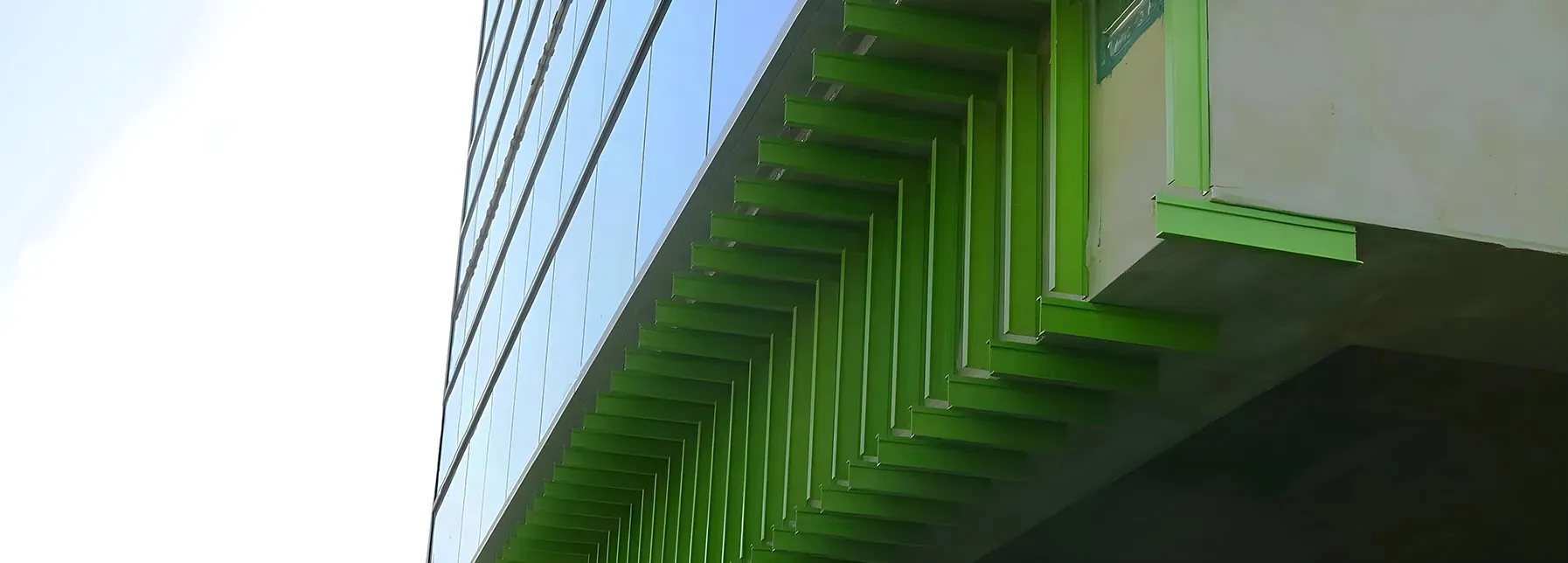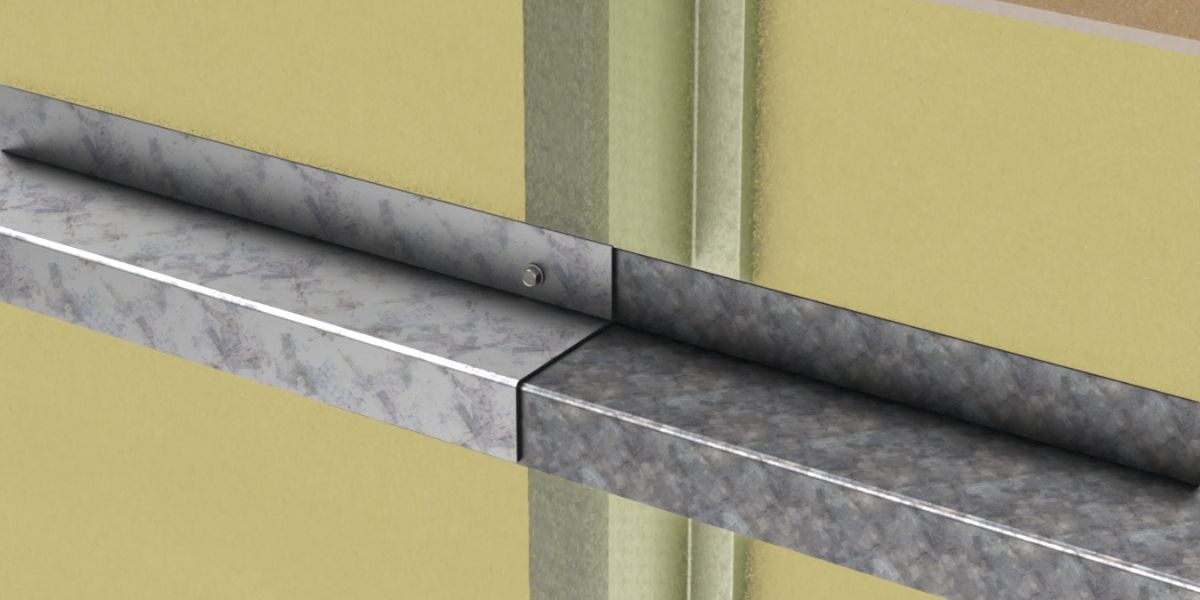In construction, the joinery methods used for Z-shaped sub-framing significantly affect a building’s structural integrity. Various techniques are available, each offering unique benefits and challenges.
Standard Installation Practices for Z-Girts
Z-girts are typically produced in standard 8-foot lengths to simplify installation, allowing one person to manage them. As most wall lengths exceed 8 feet, it’s important to join these girts effectively for continuous support. Key factors to consider include:
- Structural Stress and Deformation: Evaluating how forces impact girts is crucial for stability.
- Attachment to Substrate: Ensures secure fastening that withstands environmental stresses.
- Thermal Expansion: It’s important to allow space for girts to expand and contract with temperature fluctuations, preventing structural stress.
Common Z-Girt Joinery Methods with Technical Details
1. Lap Joints with Metal Z-Girts
Made from thin steel (approximately 0.062 inches thick), metal Z-girts are ideal for lap joints. This technique involves overlapping girts and securing them with screws or rivets, which helps in distributing loads and reducing failure risks. It’s essential to align overlapping pieces correctly and avoid fastening all overlaps to accommodate thermal expansion.

Lap Joint Method for Steel Z-Girts
2. Butt Joints with Fiber-Reinforced Polymer (FRP) Z-Girts
Butt joints connect girts end-to-end without overlaps. Due to the thickness of FRP girts, double studs are required at each joint. This setup increases both material and labor costs but provides a strong and stable connection, ensuring a minimum flange width of 2.125 inches for optimal support.

Butt Joint Method for Fiber-Reinforced Polymer (FRP) Z-Girts
3. Cantilever Joints with FRP Z-Girts
This method involves extending girts beyond the studs, providing quick joint solutions but risking sagging or misalignment over time, which can compromise safety and structural integrity. This technique is not typically recommended and should be used sparingly.

Cantilever Joint Method for FRP Z-Shaped Girts
4. Interlocking Joints with GreenGirt CMH™ Z-Girts
GreenGirt CMH™ Z-girts feature a composite metal hybrid material with an innovative interlocking design. This technique eliminates the need for precise alignment at studs, reducing construction time and costs while enhancing structural integrity. The interlocking system is engineered for robustness, providing a reliable connection between girts.

Interlocking GreenGirt CMH Z-girts
Why Opt for GreenGirt CMH Z-Girts?
Developed by Advanced Architectural Products, GreenGirt CMH Z-girts are integral to the SMARTci® building enclosure systems. They provide continuous insulation and a robust sub-framing solution, bridging thermal gaps while supporting various substrates and claddings.
Advantages of GreenGirt CMH Z-Girts:
- Durability: The composite material combines the corrosion resistance of FRP with the structural strength of steel.
- Performance: These girts offer comparable load-bearing capacity to steel alternatives while delivering superior thermal insulation.
- Ease of Installation: The interlocking system offers one of the most simplified Z-girt joinery methods available, significantly reducing labor costs.
Contact us to learn more about GreenGirt CMH Z-girts today and visit GreenGirt.com for more information.
© 2023 Advanced Architectural Products



